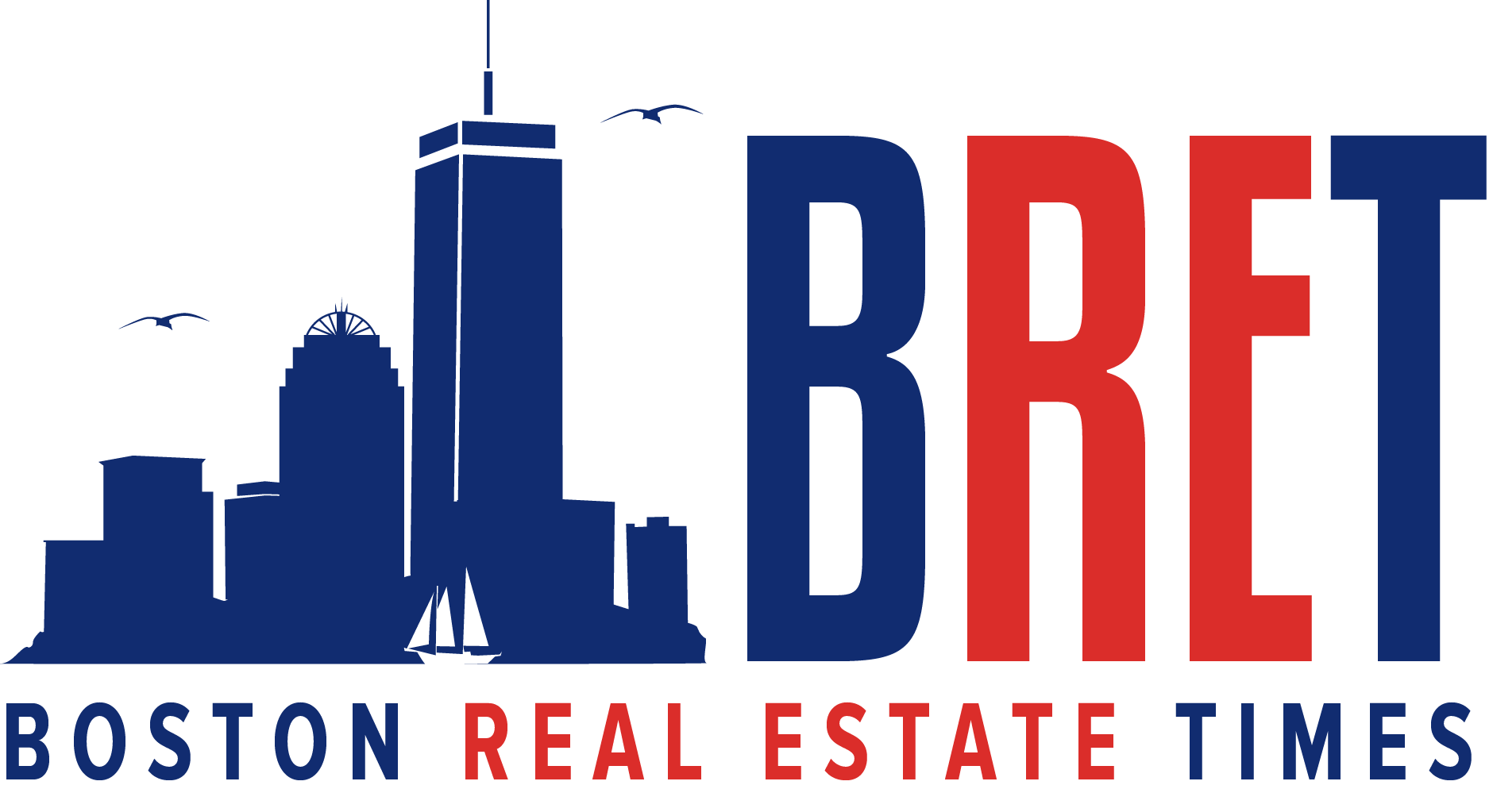
By Molly Callahan
News at Northeastern
There is a building in the center of Florence, Italy, that’s almost 300 years old. It started out as an open-air grain market, then it was closed up and converted into a church. Offices were added to the second floor. Grain was stored on the third. Currently, the building is a museum. Orsanmichele, as the building is known, is an example of the kind of forward-looking architecture that three faculty members at Northeastern University are using to change the way architects think about their practice.
David Fannon, Michelle Laboy, and Peter Wiederspahn, faculty in the Northeastern University’s School of Architecture, have focused their recent research on “future-use architecture,” the practice of designing buildings that can house any number of uses beyond their original intent.
“The way to think about it is that the architect designs a shell, but it’s the residents who design the infill,” Wiederspahn said. “There exists the ability of the individuals to create their own environment within that shell.”
Just as Orsanmichele was originally intended to house an open-air market but could be fairly easily converted into a church, future-use architecture anticipates the unexpected ways buildings might be used, well, in the future.

Work by David Fannon, Michelle Laboy, and Peter Wiederspahn, faculty in Northeastern’s Department of Architecture, is on display at the A+D Museum in Los Angeles from Dec. 8 to Feb. 17. The exhibits, pictured here, provide a visual example of their research into creating buildings that will better withstand the test of time. Photo courtesy of David Fannon.
Wiederspahn, Fannon, and Laboy have been studying buildings like Orsanmichele to identify the common characteristics that make them particularly well suited to evolve over time. They’ve also been interviewing the occupants of such buildings, as well as architects designing new buildings to look for similarities. In other words, they’re looking for what it is that makes a building withstand the test of time.
“In these buildings, what are the things that don’t change, and what are the things that do?” Laboy said.
They’ve come up with three main themes, Wiederspahn said.
The first is brute strength—is the building made out of materials that won’t crumble or degrade over time?
The second is the building’s location—does it work well within the immediate environment to take advantage of available energy? For example, a building situated in lots of sunlight should have enough windows to allow in the natural light and heat, rather than rely on fuel-burning energy.
The third theme is a bit harder to measure. It has to do with the building’s “cultural value,” Wiederspahn said. A building that’s considered beautiful to the people using it is more likely to be “worth keeping” through the years, Laboy said.
Laboy, Wiederspahn, and Fannon recently curated their work on the principles of future-use architecture into an exhibit that’s on display at the A+D Museum in Los Angeles, titled “Persistent: Evolving Architecture in a Changing World.”
The exhibit consists of audio recordings of some of the researchers’ interviews with building owners and occupants, as well as video clips, photos, and renderings of buildings that were created with future-use architecture in mind.
“Our goal is to affect the practice of architecture,” Wiederspahn said.
Fannon added, “We believe these things that put buildings in touch with time ultimately create better buildings. If we’re going to make buildings today, we owe it to the people who are going to be in them 100 years from now to make the best buildings we can.”
“Persistent: Evolving Architecture in a Changing World” is on display through February 13.
(Reprinted with permission from the News at Northeastern.)

















